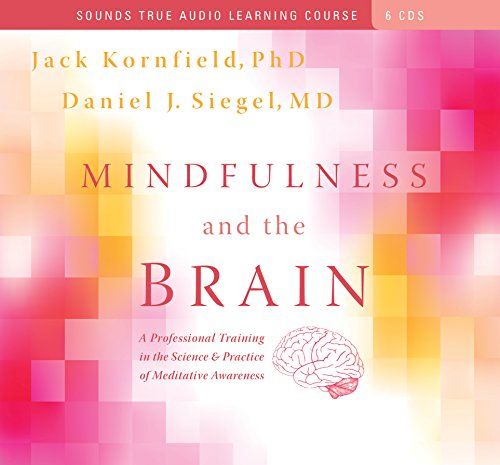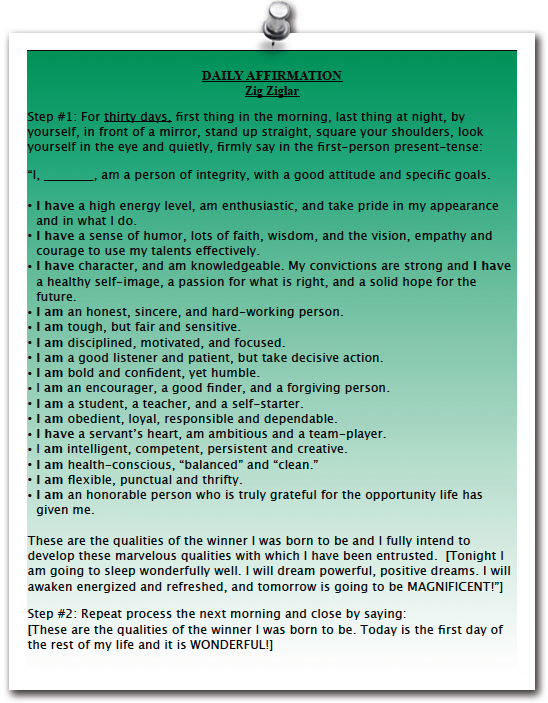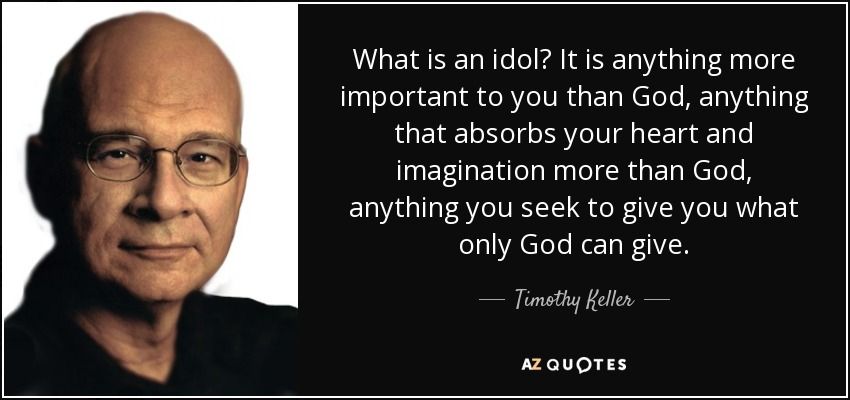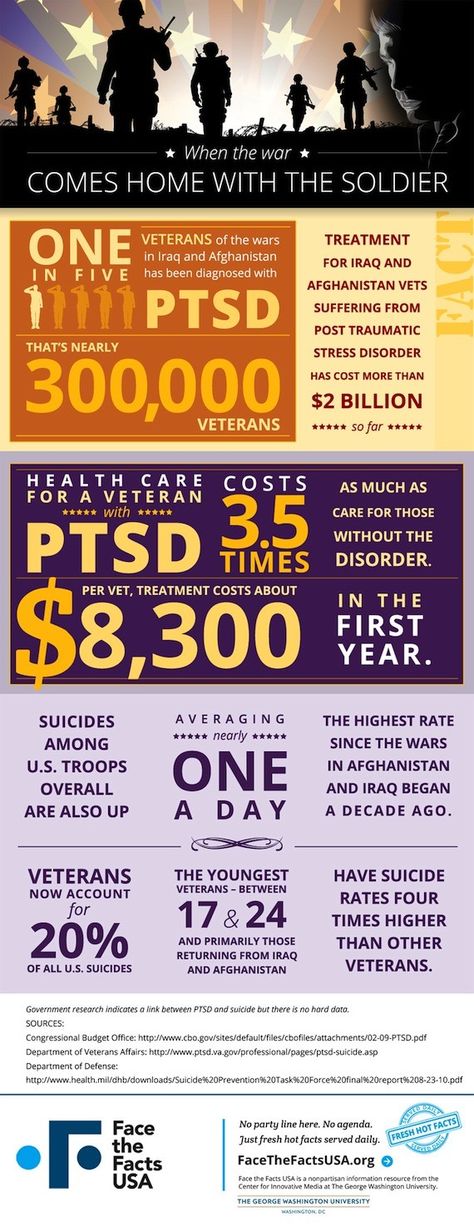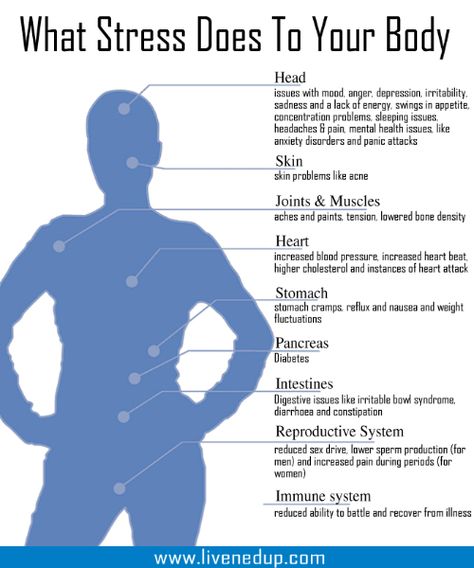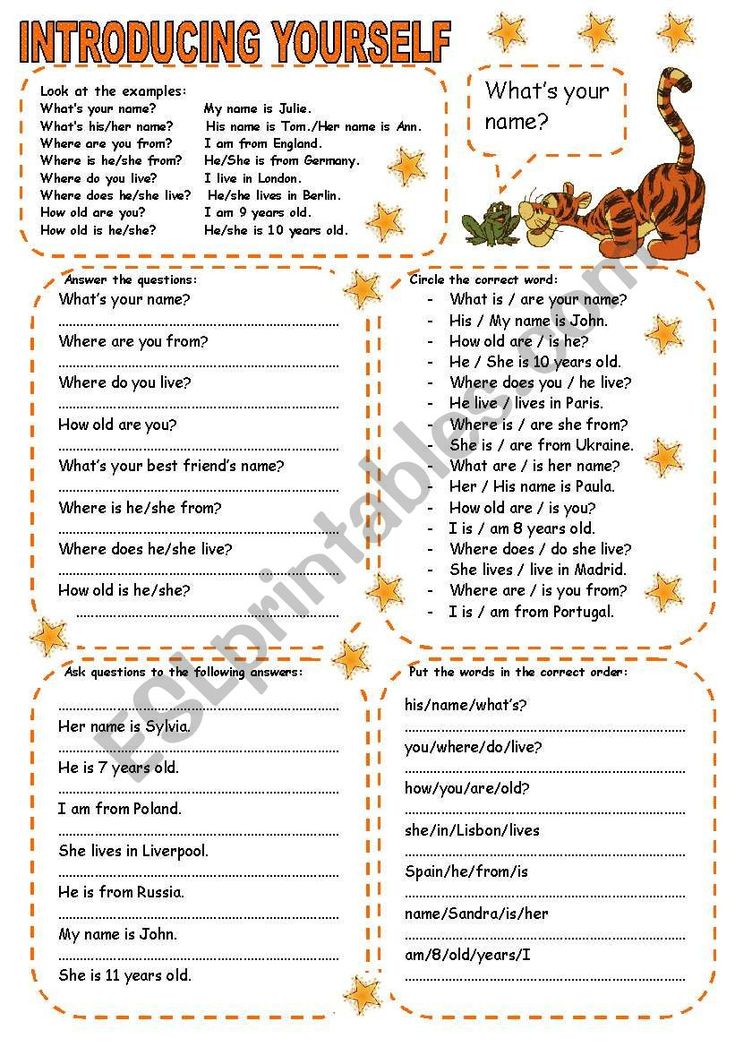Mindfulness and brain
Can mindfulness change your brain?
Much has been written about the benefits of mindfulness. There is research suggesting it can counter stress, relieve chronic pain, and even improve aspects of mood, thinking, and memory. But how does it actually work? Does mindfulness actually produce detectable changes in the brain?
Mindfulness improves attention
In a recently published study, researchers at the University of the Sunshine Coast, Australia set out to investigate exactly how mindfulness can improve your ability to pay attention. To do this, they analyzed data from 81 healthy adults over age 60 who participated in a randomized controlled trial to assess both the immediate effects of an eight-week mindfulness intervention, and long-term effects six months later on attention and brain physiology.
They found that the older adults randomized to the mindfulness intervention showed improvements in sustained attention — improvements that were maintained at the six-month follow-up visit. They also found changes in brain physiology that correlated with the improvement in attention.
Observing brain activity with EEG
To measure brain physiology, they observed the electrical activity of the brain using electroencephalography, better known as EEG. An EEG is similar to what you’ve almost certainly had at one point in your life: an electrocardiogram or ECG. As you may recall, when you had an ECG, electrodes were placed on your chest that measured the electrical activity of your heart. In an EEG, the electrodes are placed on your scalp so that brain activity can be measured.
Now, these researchers weren’t really interested in all of the activity in the brain. They wanted to focus in on the brain activity related to attention. In order to do this, they recorded EEGs while participants were performing an attentional task. The task consisted of detecting various letter pairs that were different sizes as quickly and accurately as possible. Each time a pair appeared on the screen, they marked the exact time on the EEG recording.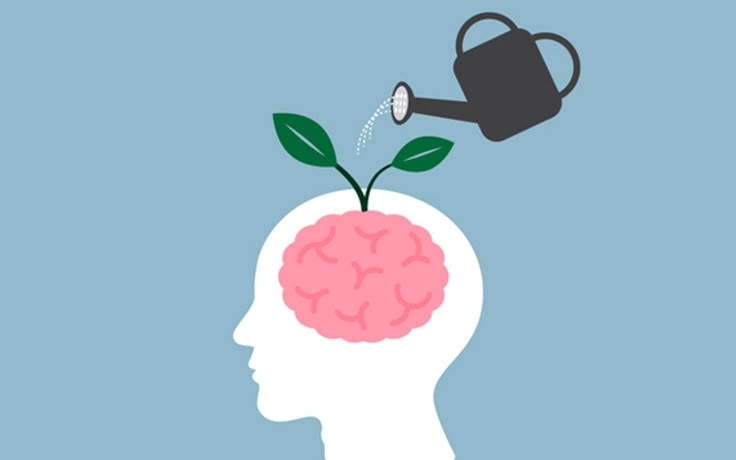 They then averaged all of the 60 times that a specific target letter pair appeared on the screen and compared that brain activity to that of other letter pairs. This comparison allowed the researchers to precisely measure the specific brain activity associated with attention.
They then averaged all of the 60 times that a specific target letter pair appeared on the screen and compared that brain activity to that of other letter pairs. This comparison allowed the researchers to precisely measure the specific brain activity associated with attention.
Bottom-up and top-down
The Australian researchers found that two different types of brain processes were enhanced by mindfulness.
First, mindfulness training increased the efficiency of brain pathways that process information coming in from the senses. In other words, the boost in attention helped the participants to literally see information more accurately. Scientists often refer to such improvements in sensory abilities as enhancing "bottom-up" processes.
Second, mindfulness training also boosted the ability of the brain to direct attention down to the information of interest. This means that participants were better able to focus on the task and ignore distractions. These types of control processes which allocate attention are often referred to as "top-down" processes.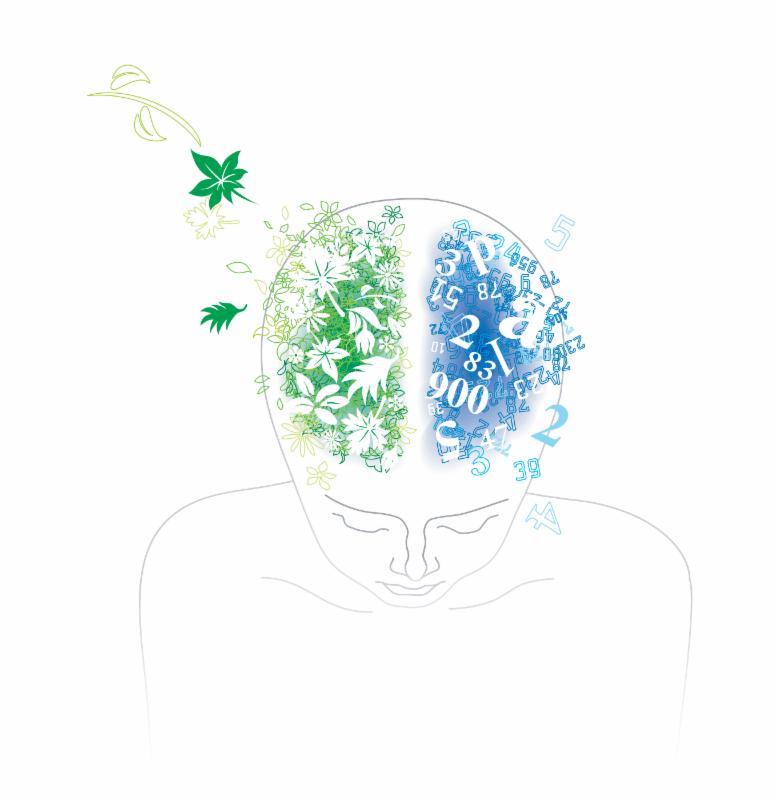
Be mindful
You now understand how mindfulness training improves one aspect of thinking — attention — at the level of brain physiology. This means that by focusing on the present moment, cultivating mindful awareness toward sensations, and attending to the rising and falling of the breath, you can actually improve your brain’s ability to direct your attention and accurately perceive the world.
It used to be thought that components of thinking that make up your IQ, such as attention, were relatively fixed because they are based upon your brain’s function. However, from studies like this one, we now understand that is an old-fashioned idea. By practicing cognitive skills such as mindfulness, you can literally change your mind, your brain, and your IQ.
New Research on How Mindfulness Changes the Brain (and How It Doesn’t)
It’s a popular headline in the media, and a topic that’s been covered many times in the past decade: mindfulness not only helps to improve well-being and reduce stress, but it can actually change our brains.
Researchers can measure brain changes both as function (how well our brains perform certain actions, and the interactions or connections between different brain regions) and structure (the physical make-up of the brain). Previous research on brain structure has found an increase in gray matter volume (GMV) and gray matter density (GMD) in various brain regions of participants who have completed the Mindfulness-Based Stress Reduction (MBSR) program.
Humans need gray matter to learn and remember, make decisions, and regulate emotions. So more of the gray stuff (and a greater density of it) is thought to be a good thing. “Structural changes in the brain with meditation has always been an appealing possibility, because it would underscore the extent of human neuroplasticity…that arises purely as a consequence of mental practice,” says Richie Davidson, world-renowned neuroscientist and Director of the Center for Healthy Minds at the University of Wisconsin-Madison (UWM).
How Do We Study Brain Change?
Structural changes in the brain that are a result of other types of activities, such as physical exercise and balance training, are well documented.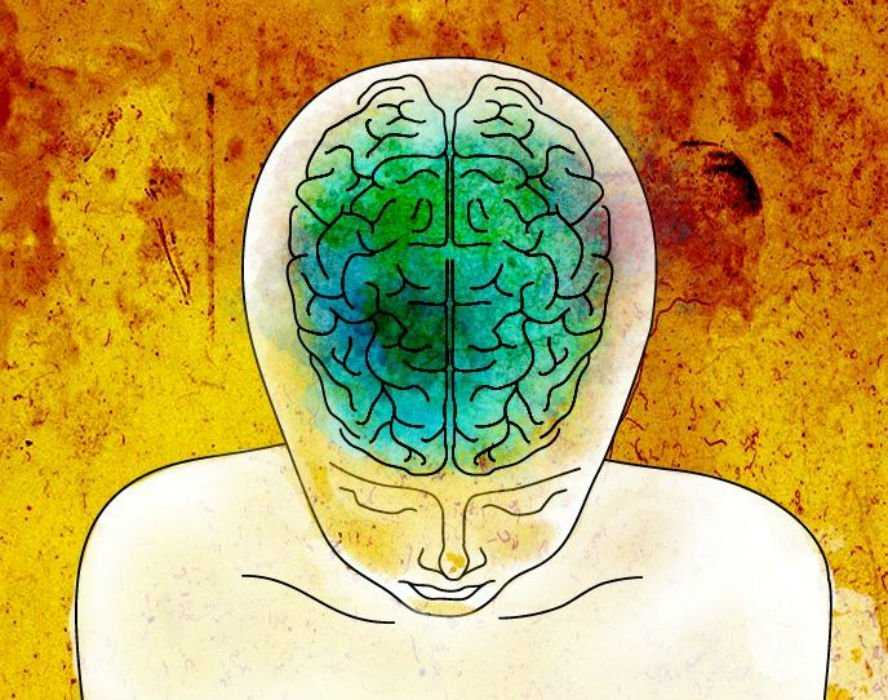
The science on mindfulness and structural brain changes has limitations, though. Older studies compared MBSR participants to inactive control groups (such as a waitlist), which means it’s harder to tease out the specific effects of the meditation component. Studies also included individuals who self-selected to participate instead of being randomly allocated, and overall sample sizes were quite small.
The simple act of choosing to participate in a research study on mindfulness and stress reduction could skew the results to show a greater benefit. This doesn’t mean the findings are incorrect, but they may not be generalizable to a wider population.
Beyond study design problems, the methods of statistical analyses used to analyze the data have also changed. “The type of analysis that used to be performed is no longer an acceptable technique,” says Tammi Kral, behavioral scientist at Healthy Minds Innovations.
In light of these limitations, Kral and Davidson, along with colleagues at UWM, set out to do a conceptual replication of the original research, to test the claims that MBSR training can change our brains.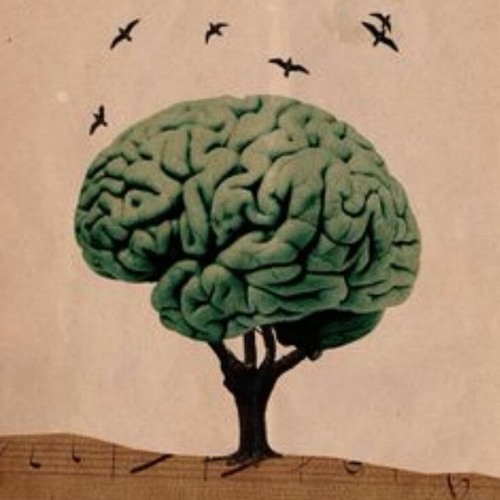
Zeroing In on the Effects of Mindfulness
The new study combines data from two randomized controlled trials, which compared the MBSR group to both a waitlist group and an active control group. The control intervention was called the Health Enhancement Program (HEP), and involved exercise, music therapy, and nutrition education and activities. By comparing MBSR and HEP to a waitlist group, the specific benefits of the mindfulness meditation training could be isolated, rather than the nonspecific benefits associated with generalized and improved well-being.
The results were not what they expected. “The failure to find any systematic differences in brain structure was surprising to us,” says Davidson.
There was a small difference between the MBSR group and HEP group in the influence of practice time on GMV in the amygdala (the part of our brain involved in the experience of emotion), but Kral says that the findings didn’t hold up to closer scrutiny. It’s possible that changes in amygdala volume could depend on how many hours participants practice outside of formal class time, but further work is needed to confirm this.
What We Know About How Meditation Changes the Brain
Long-time meditators and mindfulness proponents should take heart: there’s no reason to be discouraged by these findings. “Just because we didn’t see structural changes in the brain, doesn’t mean that there aren’t [other] changes in the brain,” says Davidson. “What really matters is how our brain functions.”
“Just because we didn’t see structural changes in the brain, doesn’t mean that there aren’t [other] changes in the brain. What really matters is how our brain functions.”
Richie Davidson, neuroscientist and Director of the Center for Healthy Minds at the University of Wisconsin-Madison
The MBSR program is made up of many different components: yoga, meditation, social interaction in the group setting, and more—all likely represented by different areas of the brain, which are connected through our complex brain network. This means that mindfulness meditation training could be changing the brain in “really small amounts” says Davidson.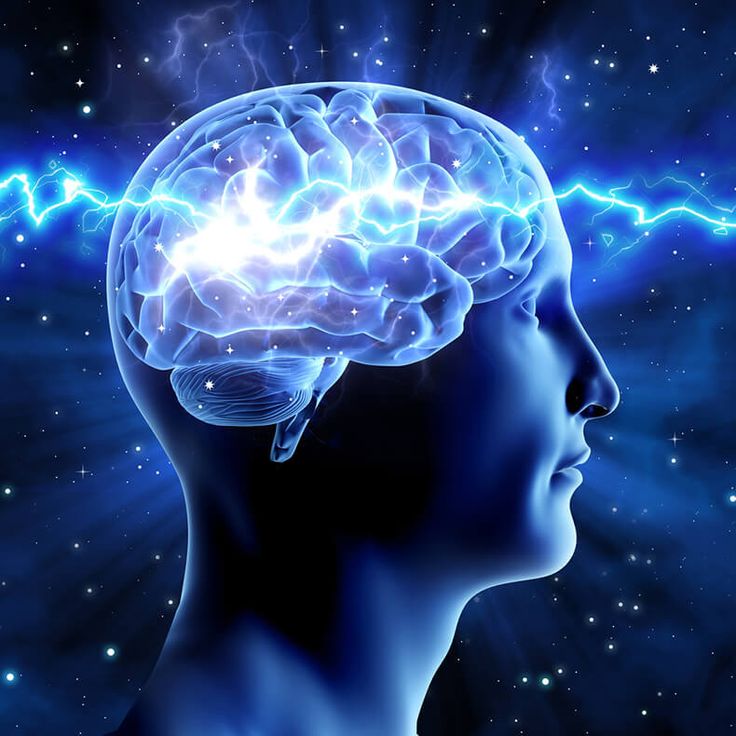 “It’s just not going to be observable to our current methodology.”
“It’s just not going to be observable to our current methodology.”
Kral also points out that the primary aims of these two trials were more focused on functional brain changes, which could impact the experience and regulation of emotion and pain. “In those domains, we did see [positive] effects of the MBSR training,” she says.
Moreover, the MBSR program is eight weeks and translates to about 24 to 30 hours of practice, which is a drop in the bucket when it comes to the longer-term effects that mindfulness meditation can induce. Davidson says that published studies (including some from his team) have found structural brain changes from very long-term meditation practice. “This should be an invitation and inspiration for people to get on the cushion and put in the time, because that’s what it will take to produce these changes.”
Why Reflection Should Be Introduced into the School Curriculum - T&P
MD, acclaimed psychiatrist, and bestselling author Daniel Siegel links scientific research on the brain to meditation and spiritual practices.
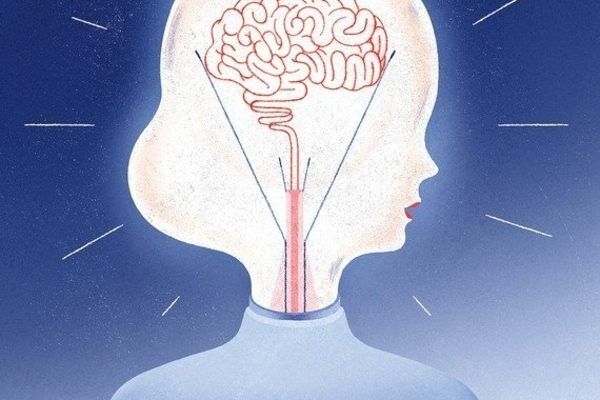 In his work The Attentive Brain, he concludes that meditation is useful in everyday life. T&P publishes a chapter on the importance of the skill of reflection from Siegel's book, the Russian version of which was published by MIF.
In his work The Attentive Brain, he concludes that meditation is useful in everyday life. T&P publishes a chapter on the importance of the skill of reflection from Siegel's book, the Russian version of which was published by MIF. It is very important to start talking about the practical implications of the mindful brain concept from our approach to enlightenment and education. In school education, the main emphasis is on acquiring important skills and knowledge related to the world around. We learn to read, write, count. Perhaps this approach is rooted in the tendency of our educational system to give primary importance to the content, neglecting the processes of educating the mind and consciousness. We see that personal well-being and socially adapted behavior require a person to understand himself and cultivate the ability to empathize already in his youth, and these qualities arise when learning reflection. This life-enhancing ability of the mind is developed as a skill that promotes flexibility and resilience, both internally and in relationships with others.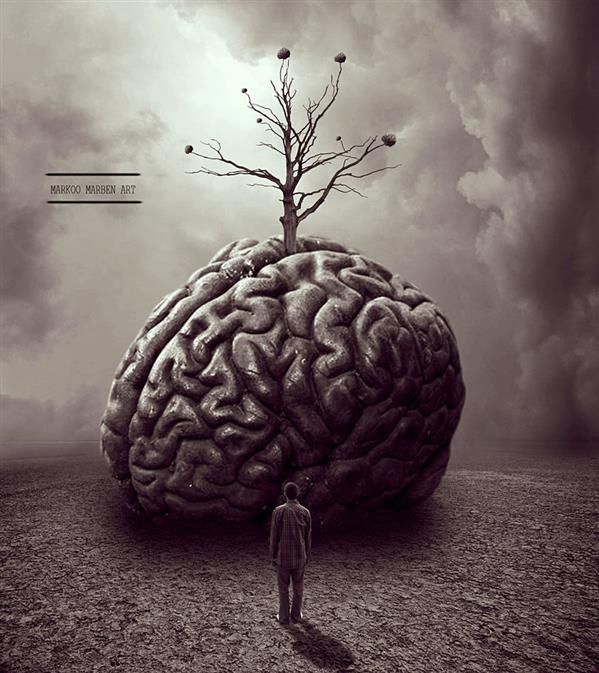 In fact, the basic building blocks of well-being and a compassionate social life can be taught. Reflection is the general way by which our brain maintains these abilities, our relationships begin to flourish, and our minds and consciousnesses develop the ability to enter into a state of inner alignment and harmony.
In fact, the basic building blocks of well-being and a compassionate social life can be taught. Reflection is the general way by which our brain maintains these abilities, our relationships begin to flourish, and our minds and consciousnesses develop the ability to enter into a state of inner alignment and harmony.
The fourth component of education
Mindfulness is based on the ability to reflect acquired in the learning process. This skill is more accessible to children in the period of early development, as the fourth component of basic education. Once upon a time, the ability to read, write and count was considered a luxury available only to a select few, but now these three skills are basic. Shouldn't we, however, think about teaching children the fourth basic skill - understanding their own mind - and making reflection a fundamental part of basic primary education?
Attentive Brain
Education is a key component of a child's development. The teacher's relationship with students and the experience he shares with them directly shape the formation of neuronal circuits in the brains of young representatives of the next generation.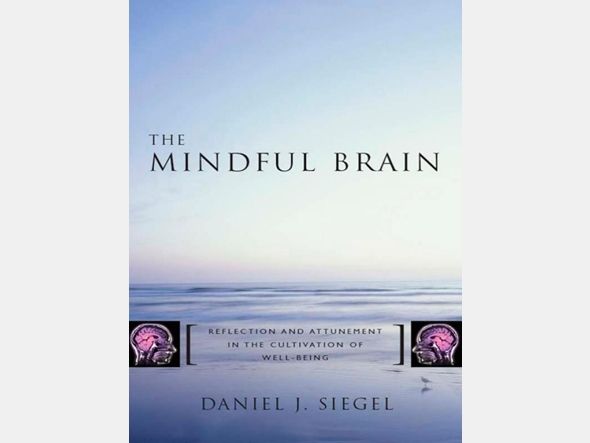 In this sense, teachers can be considered the “neurosculptors” of our future. When children leave home at a very early age and go to nursery, and then at the age of three or four to kindergarten, they enter the path of long-term relationships with caregivers and teachers. These important connections have a strong impact on the formation of children's sense of self, faith in their own talents, striving for success, and readiness not to save in the face of difficulties. Important research evidence shows that a teacher's belief in a child's ability to learn directly affects success. Indeed, a child's belief in their own ability to develop intellectually as a result of sincere diligence can be a decisive factor in allowing them not to settle for mediocrity, but to strive for higher results and the realization of their potential.
In this sense, teachers can be considered the “neurosculptors” of our future. When children leave home at a very early age and go to nursery, and then at the age of three or four to kindergarten, they enter the path of long-term relationships with caregivers and teachers. These important connections have a strong impact on the formation of children's sense of self, faith in their own talents, striving for success, and readiness not to save in the face of difficulties. Important research evidence shows that a teacher's belief in a child's ability to learn directly affects success. Indeed, a child's belief in their own ability to develop intellectually as a result of sincere diligence can be a decisive factor in allowing them not to settle for mediocrity, but to strive for higher results and the realization of their potential.
What will happen if teachers also become familiar with the scientific data on internal reflection, how it forms in children the ability to adequately communicate with themselves and others? If teachers learn that attuning with oneself—that is, the practice of mindfulness—can change for the better the brain’s ability to comprehend flexibility and introspection, empathy and morality, then is it worth the time to teach the art of reflection to teachers first, so that they then they taught their students the same art (of course, taking into account age characteristics?
https://www.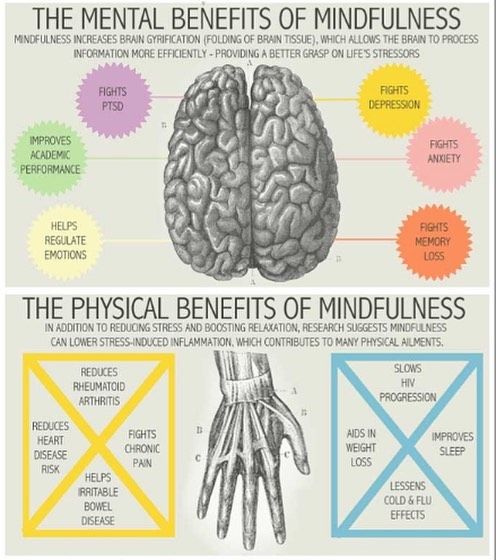 qykapp.com/
qykapp.com/
We know how to teach reading. We have proven methods for teaching writing. We are actively introducing new methods of teaching mathematics. Teachers themselves are fully proficient in these skills, so student learning occurs in a completely natural and stress-free manner. Each of these three skills draws the attention of consciousness to the world around us: we read other people's thoughts in books, we read about what others have seen in the world around us, we perceive conceptual ideas and learn to work with numbers. All this, of course, is very, very important. But - as it was with me in elementary school, high school, and then in college and university - mindfulness on yourself and your mind, as well as teaching such mindfulness, did not find a place for itself in the thousands of hours we spent in classes and auditoriums.
Storytel is an international subscription audiobook service. The Storytel library contains audiobooks from almost all genres, from classics and non-fiction to lectures, stand-ups and podcasts.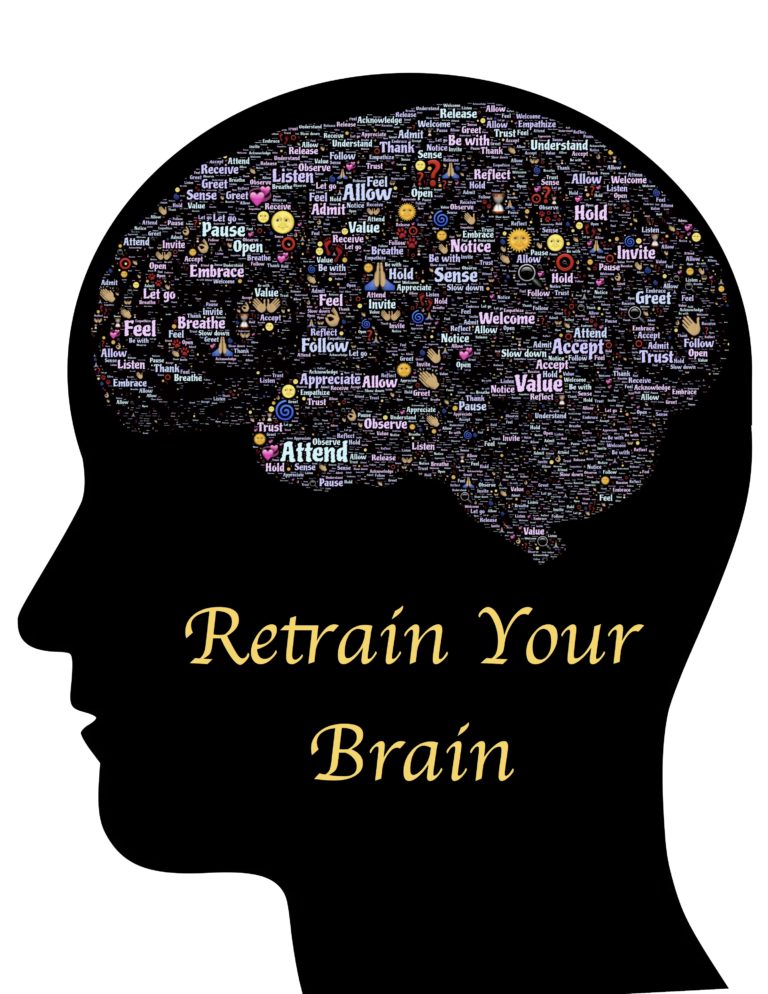 This is a service that solves the problem of reading. It lets you listen to audiobooks anytime, anywhere: while exercising, preparing meals, commuting to and from work, on the plane, before bed, and whenever you want. Storytel creates and records its own unique content - lecture projects, podcasts, audio series, and also collaborates with the best voices in the country.
This is a service that solves the problem of reading. It lets you listen to audiobooks anytime, anywhere: while exercising, preparing meals, commuting to and from work, on the plane, before bed, and whenever you want. Storytel creates and records its own unique content - lecture projects, podcasts, audio series, and also collaborates with the best voices in the country.
One of the many shortcomings associated with indifference to oneself, inconscience and thoughtlessness, is that we miss the opportunity to develop in ourselves mindfulness, or the ability to feel consciousness - our own and other people's. Without this skill, our life, our own inner life, loses its clear contours, and the consciousness of other people is generally absent from our mental field of vision. This lack of focus on speculation in education is exacerbated by high-tech media that bombard children with stimuli devoid of the elements that engender self-understanding or compassion. The result is a scattered and absent personality, weak self-awareness, and a lack of empathy.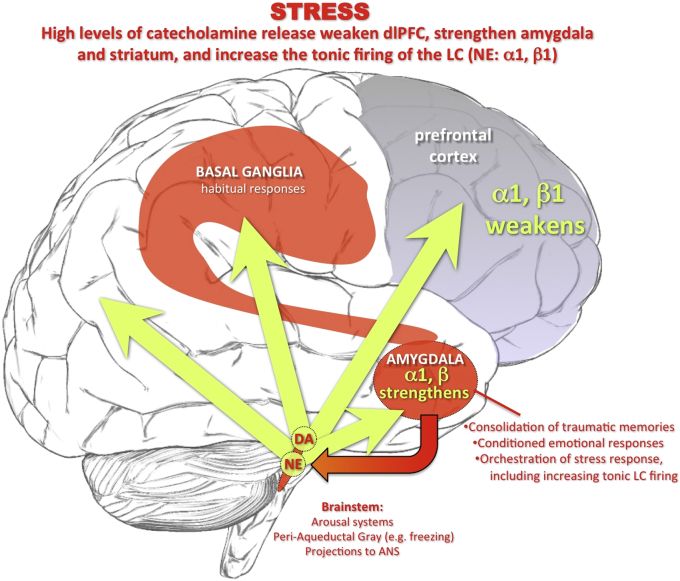
Reflection is a skill that includes self-knowledge and compassion for others. The results of various studies suggest that teaching a child social and emotional skills strengthens his psychological resilience and contributes to the optimal use of neuronal circuits responsible for regulatory functions. Here we see an important convergence of social, emotional, cognitive, and attentional mechanisms, all of which reinforce each other's effectiveness. As we have seen, all of these dimensions of our mental life can be mediated by the prefrontal areas of the brain. In terms of neurobiological organization, this fourth component of reflection will undoubtedly contribute to the growth and development of the structures of the prefrontal region. This region is our cortex humanitas, the neuronal seat of our humanity. Reflection is part of our prefrontal heritage, and this integrative site is also responsible for maintaining relationships and for adaptive resilience, that is, for the fifth and sixth components of basic education.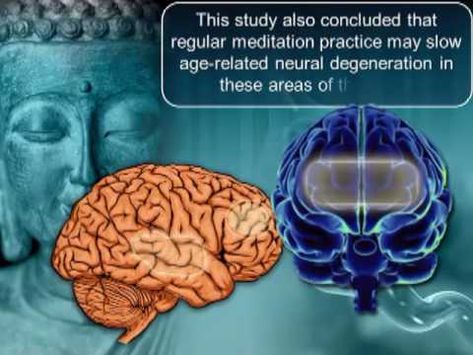 We know pretty well how to stimulate the growth and development of the prefrontal area, given the role of attunement in brain plasticity: interpersonal attunement in relation to children and parents stimulates the development of prefrontal functions. Our proposed mindfulness training will use the same processes that occur in prefrontal neurointegration, and thus strengthen reflective consciousness, form a resilient and adaptive brain, and empathic interpersonal relationships.
We know pretty well how to stimulate the growth and development of the prefrontal area, given the role of attunement in brain plasticity: interpersonal attunement in relation to children and parents stimulates the development of prefrontal functions. Our proposed mindfulness training will use the same processes that occur in prefrontal neurointegration, and thus strengthen reflective consciousness, form a resilient and adaptive brain, and empathic interpersonal relationships.
Practices of Mindfulness
The ability to return wandering attention to a subject of interest again and again is the root of reason, character and will... Education that is able to improve this ability will be real education in the full sense of the word. But it is easier to define this ideal than to give practical advice on its implementation.
William James
William James (1842–1910) is an outstanding American philosopher and psychologist, one of the founders and leading exponent of pragmatism and functionalism, Harvard professor.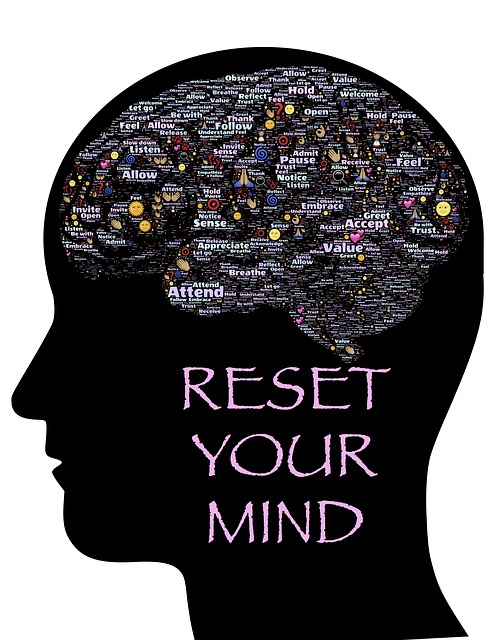 He is often referred to as the "Father of American Psychology".
He is often referred to as the "Father of American Psychology". This oft-quoted statement from a scientist, psychologist, and visionary reminds us that education can direct our attention to developing the faculties of consciousness and mind, and not just fill our memory with facts. It turns out that William James, who was known to have great respect for contemplative practices, did not know that systems of such education, mindfulness practices, had already been established in many cultures thousands of years ago. In Chapters 3 and 4, we saw that the direct experience of mindfulness meditation, based on the Buddhist tradition of vipassana, or "insight meditation," helps precisely to "arbitrarily return wandering attention to a subject of interest again and again." In many ways, this process is an essential element of how to develop the skill of reflection. Other cultures and even different branches of Buddhism offer different approaches to achieving mindfulness.
In his excellent work on mindfulness and mind development, Allan Wallace wrote: “The modern psychological understanding of mindfulness, which is based on the understanding presented in the modern tradition of vipassana (contemplative insight) practiced in Theravada Buddhism, differs significantly from the version held by Indo -Tibetan Buddhism.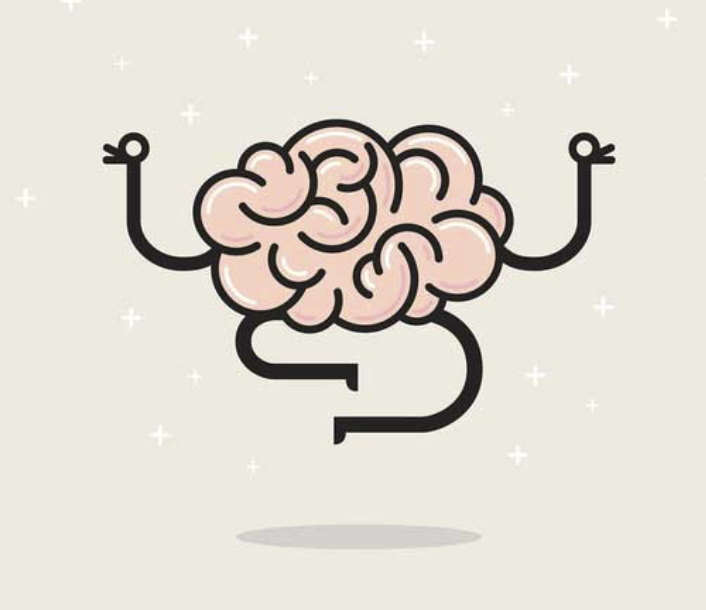 Modern Vipassana sees mindfulness as nondiscriminatory, moment-to-moment “bare awareness.” The Indo-Tibetan tradition, however, characterizes mindfulness as keeping in mind the object to which attention is directed, a state of mindfulness and forgetfulness, non-distraction and non-wandering attention.
Modern Vipassana sees mindfulness as nondiscriminatory, moment-to-moment “bare awareness.” The Indo-Tibetan tradition, however, characterizes mindfulness as keeping in mind the object to which attention is directed, a state of mindfulness and forgetfulness, non-distraction and non-wandering attention.
Storytel is an international subscription audiobook service. The Storytel library contains audiobooks from almost all genres, from classics and non-fiction to lectures, stand-ups and podcasts. This is a service that solves the problem of reading. It lets you listen to audiobooks anytime, anywhere: while exercising, preparing meals, commuting to and from work, on the plane, before bed, and whenever you want. Storytel creates and records its own unique content - lecture projects, podcasts, audio series, and also collaborates with the best voices in the country.
We see that our secular adaptations of insights borrowed from contemplative traditions—in this case, certain variants of Buddhist philosophy and practice—should "carefully" cover many variations of approach.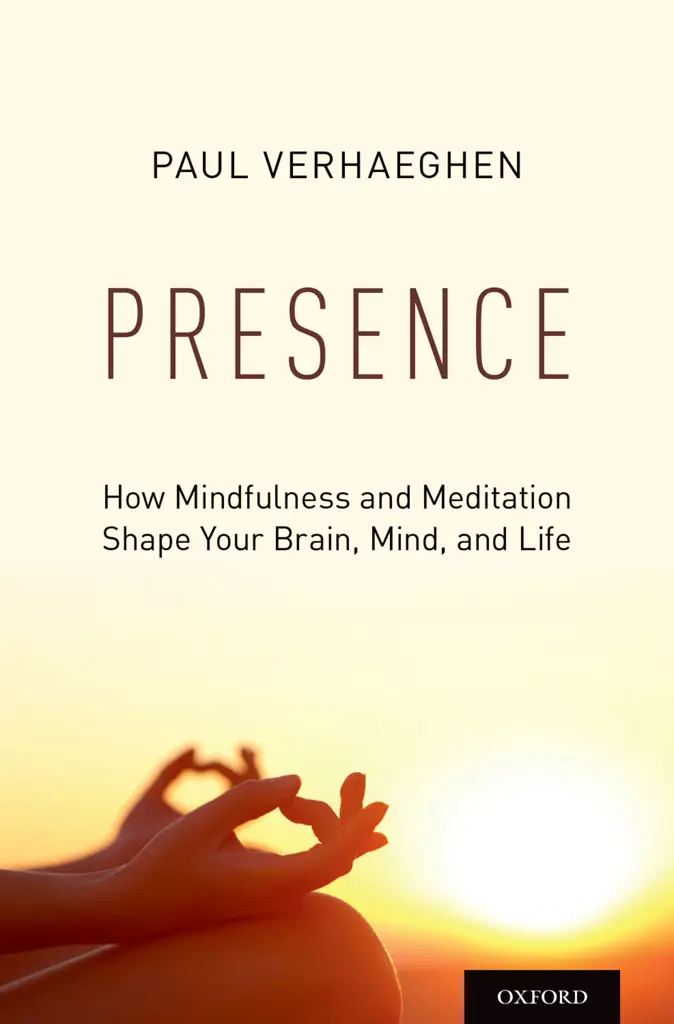 The point here is to take the broadest view of what it means to be deliberately aware of what is happening as it happens, whether it be sensory processes unfolding in the present, or memories of the past, or plans for the future. . As we saw in the previous discussion of the facets of the mindful brain, the act of becoming aware of awareness and paying attention to intention characterizes the idea of mindfulness in its broadest sense. In mindful-conscious learning, we further deepen our sense of the central role played by the need to accept the uncertainty of what is happening as we flexibly approach our own awareness of the present moment. In all these ways, we feel that the mindful brain is a major and universal part of our human heritage, and not just a tool for practice or knowledge.
The point here is to take the broadest view of what it means to be deliberately aware of what is happening as it happens, whether it be sensory processes unfolding in the present, or memories of the past, or plans for the future. . As we saw in the previous discussion of the facets of the mindful brain, the act of becoming aware of awareness and paying attention to intention characterizes the idea of mindfulness in its broadest sense. In mindful-conscious learning, we further deepen our sense of the central role played by the need to accept the uncertainty of what is happening as we flexibly approach our own awareness of the present moment. In all these ways, we feel that the mindful brain is a major and universal part of our human heritage, and not just a tool for practice or knowledge.
At the UCLA Mindfulness Research Center, we have compiled a list of ways in which we cultivate what are called mindfulness practices, a set of methodical approaches or exercises (such as meditation, yoga, tai chi, qigong, etc.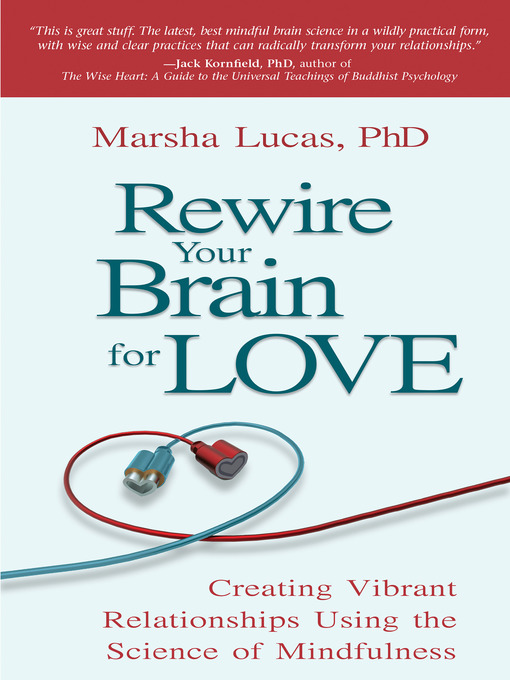 ) designed to cultivate mindful awareness, improve focus, reduce stress, regulate emotions, and develop feelings of well-being and compassion. Mindful awareness itself can also be included as an integral part of other activities, such as painting, music, literature, psychotherapy, contact therapies (such as massage, acupuncture, etc.), and sports.
) designed to cultivate mindful awareness, improve focus, reduce stress, regulate emotions, and develop feelings of well-being and compassion. Mindful awareness itself can also be included as an integral part of other activities, such as painting, music, literature, psychotherapy, contact therapies (such as massage, acupuncture, etc.), and sports.
Taiji
http://musclehealthmagazine.net/
Taijiquan is an ancient practice that combines a deep philosophical tradition with a mindful movement gymnastic system. By engaging in this practice, a person learns to take certain sequences of steps and bodily movements that require concentration on them at the moment of their completion. The intention of walking and an inner state of awareness of one's body awareness reinforce the fundamentally mindful nature of this elegant practice. In its full form, the deep conceptual ideas of Taoism and the non-conceptual way of knowing are intertwined with self-observation of one's dynamic practice and the sensory fullness of harmonious movements.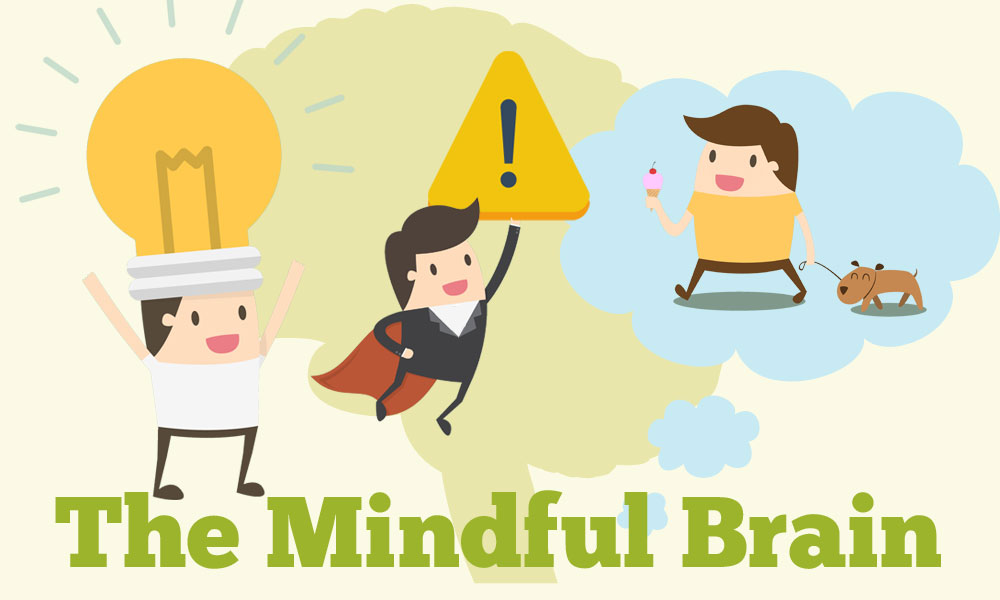 Thus, a complete tai chi practice includes all four streams of awareness: sensation, observation, conceptual understanding, and non-conceptual knowledge. But even with a simplistic approach to mindful movement, people reap enormous benefits that have been known for generations. As discussed in Chapter 1, in his study of a modified practice taught to a group of elderly individuals, Michael Irwin found a correlation between improving the immune system and tai chi practice.
Thus, a complete tai chi practice includes all four streams of awareness: sensation, observation, conceptual understanding, and non-conceptual knowledge. But even with a simplistic approach to mindful movement, people reap enormous benefits that have been known for generations. As discussed in Chapter 1, in his study of a modified practice taught to a group of elderly individuals, Michael Irwin found a correlation between improving the immune system and tai chi practice.
Yoga
http://www.wellandgood.com/
Yoga is another mindfulness practice that children and teens love to do because it can be modified and adapted to any age group. . There are a wide variety of yoga practices, and they are united by focusing on awareness of the body, breath, rest and movement. This kind of mindfulness practice combines aspects of reflexivity—the awareness of awareness—and introspection, which includes awareness of the body. These somatic sensations root the yoga practitioner in the present and help to return wandering attention to the body or breath over and over again. In the practice of yoga, balance, or balance, is a directly experienced indicator of wandering attention, which dissipates when distracted and refocuses when the practitioner returns to mindful awareness. Research on the use of yoga and other mindfulness practices with children is still in its infancy, but such practices are known to be very beneficial for adults.
In the practice of yoga, balance, or balance, is a directly experienced indicator of wandering attention, which dissipates when distracted and refocuses when the practitioner returns to mindful awareness. Research on the use of yoga and other mindfulness practices with children is still in its infancy, but such practices are known to be very beneficial for adults.
Work carried out under the PATH and CASEL programs confirms the effectiveness of the practices and provides a basis for their use in schools to build resilience to stress and improve the social and emotional behavior of students. While these programs may not explicitly and purposefully teach "mindfulness," they are still very much in line with mindfulness practices and promote emotional intelligence, and support positive socially engaged behaviors by strengthening self-awareness and improving self-regulation. .
Storytel is an international subscription audiobook service. The Storytel library contains audiobooks from almost all genres, from classics and non-fiction to lectures, stand-ups and podcasts.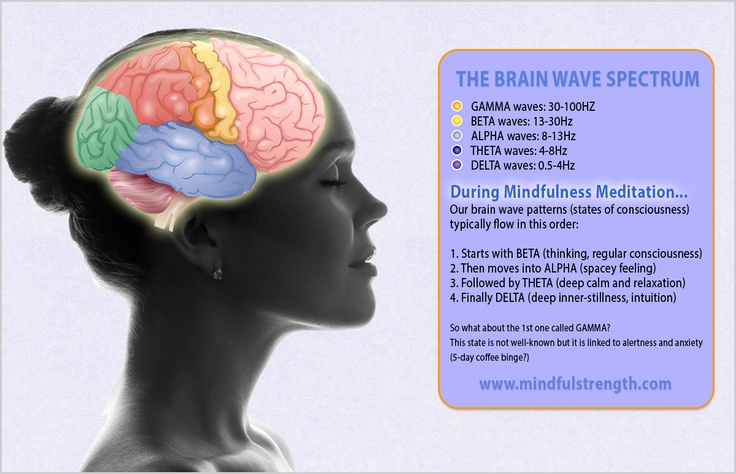 This is a service that solves the problem of reading. It lets you listen to audiobooks anytime, anywhere: while exercising, preparing meals, commuting to and from work, on the plane, before bed, and whenever you want. Storytel creates and records its own unique content - lecture projects, podcasts, audio series, and also collaborates with the best voices in the country.
This is a service that solves the problem of reading. It lets you listen to audiobooks anytime, anywhere: while exercising, preparing meals, commuting to and from work, on the plane, before bed, and whenever you want. Storytel creates and records its own unique content - lecture projects, podcasts, audio series, and also collaborates with the best voices in the country.
I had the privilege of serving on the board of directors of the Mindfulness and Concentration Research Initiative Program at the Harrison Institute. The Institute's paper, The Harrison Institute's Report on Contemplative Methods in Education: A Survey of Contemplative Approach Programs in Primary and Secondary Schools; summary map” provides a useful overview of practices used in the United States aimed at introducing meditation into the school system. The report contains the following statement:
“In terms of methodology, contemplative programs for elementary and secondary schools have much in common. In general, they use mindfulness practice and other contemplative meditation techniques to develop attention and emotional balance and, in addition, help students learn self-regulation skills. However, these programs lack uniformity and precision in the use of the terms attention, mindfulness, and contemplation. At the level of programs, there is no theoretical justification for the definition of attention, the same goes for the generally accepted term mindfulness. Despite, however, methodological and pedagogical differences, contemplative programs provide results that do not contradict the goals and objectives of school education. The short-term and immediate results of the use of such programs contribute to the improvement of the learning process and the increase in academic performance, the improvement of the moral climate in schools, the development of students' emotional balance and positive socially engaged behavior. In addition, these programs also have long-term effects: the cultivation of such noble qualities as peacefulness, inner peace, compassion, empathy (co-experience), the ability to forgive, patience, generosity and love.
However, these programs lack uniformity and precision in the use of the terms attention, mindfulness, and contemplation. At the level of programs, there is no theoretical justification for the definition of attention, the same goes for the generally accepted term mindfulness. Despite, however, methodological and pedagogical differences, contemplative programs provide results that do not contradict the goals and objectives of school education. The short-term and immediate results of the use of such programs contribute to the improvement of the learning process and the increase in academic performance, the improvement of the moral climate in schools, the development of students' emotional balance and positive socially engaged behavior. In addition, these programs also have long-term effects: the cultivation of such noble qualities as peacefulness, inner peace, compassion, empathy (co-experience), the ability to forgive, patience, generosity and love.
Taken as a whole, the Harrison Institute report provides an overview of the practices that are slowly taking root in our schools.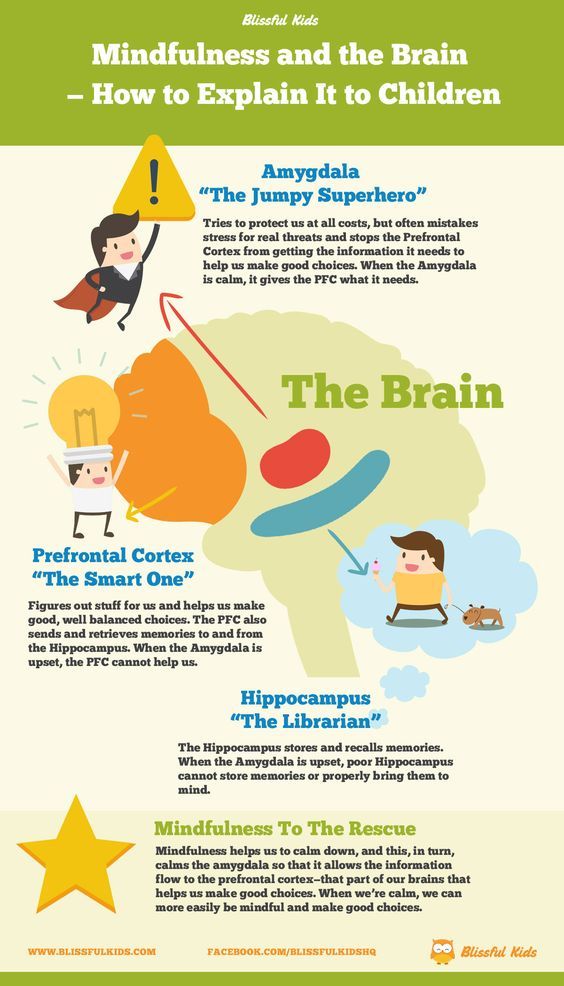 This document encourages us to join forces in an attempt to create truly working programs and share this knowledge with all interested people and organizations. Organized by the Garrison Institute and hosted by Mark Greenberg, a meeting brought together a number of scientists to discuss ways to develop attentional mechanisms and specific steps that should be taken in schools to introduce useful new techniques. As the meeting progressed, it became clear that in order to really help children, we need to understand how the brain develops in response to the direct experiences that we, adults, can offer growing children. Teaching reflection in schools can be helpful, but we first need to understand how the developmental stages a child is in affect how we should apply these techniques to children of different ages. Knowledge about the processes of development and formation of the brain in childhood contributes to the creation of effective programs for such education in primary and secondary schools.
This document encourages us to join forces in an attempt to create truly working programs and share this knowledge with all interested people and organizations. Organized by the Garrison Institute and hosted by Mark Greenberg, a meeting brought together a number of scientists to discuss ways to develop attentional mechanisms and specific steps that should be taken in schools to introduce useful new techniques. As the meeting progressed, it became clear that in order to really help children, we need to understand how the brain develops in response to the direct experiences that we, adults, can offer growing children. Teaching reflection in schools can be helpful, but we first need to understand how the developmental stages a child is in affect how we should apply these techniques to children of different ages. Knowledge about the processes of development and formation of the brain in childhood contributes to the creation of effective programs for such education in primary and secondary schools.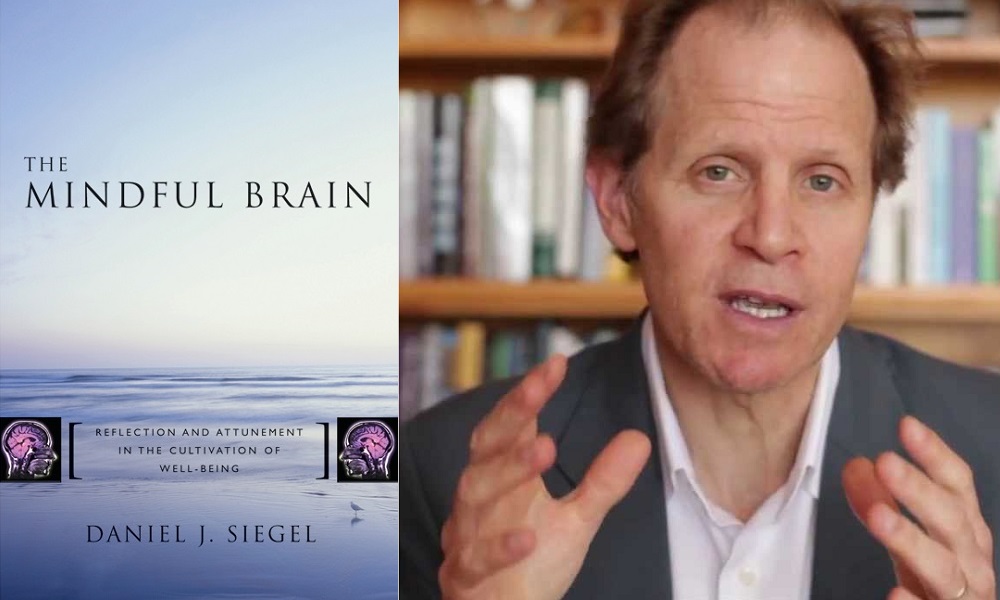
Storytel is an international subscription audiobook service. The Storytel library contains audiobooks from almost all genres, from classics and non-fiction to lectures, stand-ups and podcasts. This is a service that solves the problem of reading. It lets you listen to audiobooks anytime, anywhere: while exercising, preparing meals, commuting to and from work, on the plane, before bed, and whenever you want. Storytel creates and records its own unique content - lecture projects, podcasts, audio series, and also collaborates with the best voices in the country.
Train memory, attention and thinking on Wikium :: Wikium.ru
Train memory, attention and thinking on Wikium :: Wikium.ruThe effect of classes
Wikium simulators are based on the methods of Russian and foreign neuropsychologists, which have proven their effectiveness in the course of many experiments and scientific works
+17%
to reaction rate per week
x1.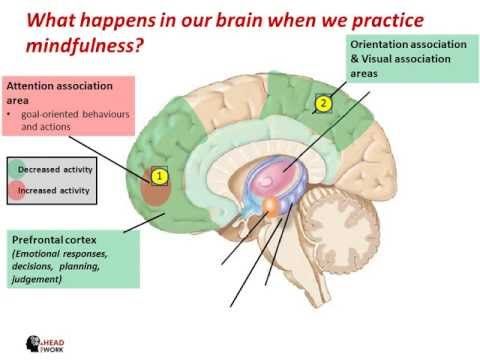 6
6
to focus on tasks for 1 month
x2.1
to attention to trifles and details in 2 months
+19%
to memory in 2-3 weeks
Based on a study of 16,314,412 workouts by Wikium users
START DEVELOPING
Who can use our trainers?
younger age
- Improve learning in educational institutions
- Prevention of Attention Deficit Disorder
Average age
- Increase personal productivity, efficiency
- Make fewer mistakes and shortcomings at work
- Keep your brain sharp during day
Elderly age
- Keep your mind sharp and clear longer
- Prevention of age-related diseases caused by decreased intellectual workload
You need to increase the number of synapses
A synapse is a point of contact between two neurons
Diagram of neural connections
The number of neurons and synapses, as well as their quality, determine the intellectual potential - the flexibility of the mind, memory, creativity, talent
Brain development is the process of creating, strengthening or restoring lost neuronal (synaptic) connections
The process of creating new neurons in science is called neurogenesis
Receiving new information, as well as special training, form new synapses
It is up to you to decide how actively they will be created!
START TRAINING
How to train
Rate your abilities
Take an introductory test to get an assessment of your current level of memory, attention and thinking.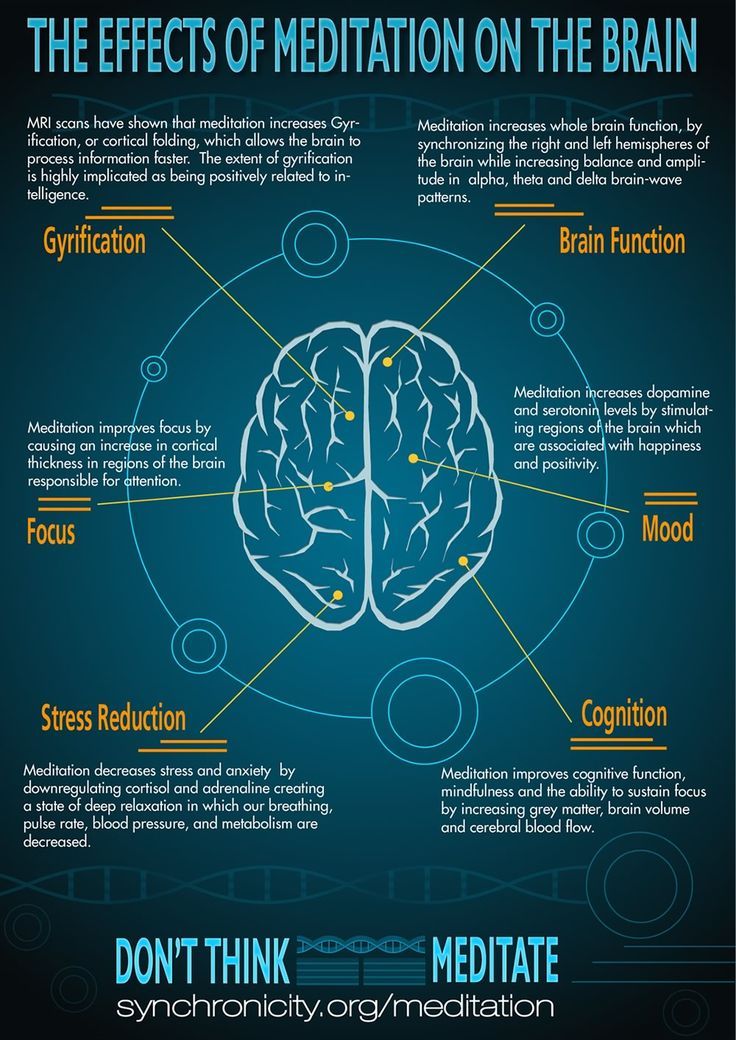 A personal development program will be formed for you
A personal development program will be formed for you
Do your daily
workout
The daily development program includes a warm-up and workout. It will take you 15 minutes a day
Follow your development
Follow the statistics of your workouts, improve performance, compare your achievements with the results of other users
START TRAINING
7 290 075
people are already training on Wikium
If possible, I try not to drive without a ten-minute session on your simulators - they really help to turn on attention and feel more confident.
Evgeny, 32 years old
I stopped forgetting where I put things, now I go to the store without a list, and in general my thoughts have become more collected.
Svetlana Nikolaevna, 52 years old
I work on a loader, I noticed that I began to get the position numbers from my head, and not from a note - I began to manage much more than the norm.
Anton, 27 years old
Recently, I make fewer mistakes in documents, even the boss noticed. And it has also become easier to memorize new English words, and in general, learning something new has become much easier!
Daria, 31 years old
I carry out orders at home. Due to inattention and frequent mistakes, they began to give me fewer orders. Wikium helped me a lot! Now I do not just complete orders without errors, but I do it much faster.
Irina, 37 years old
During the working day there are times when the work does not go well. In these minutes I go to Wikium and after 10 minutes of classes I can work productively again.